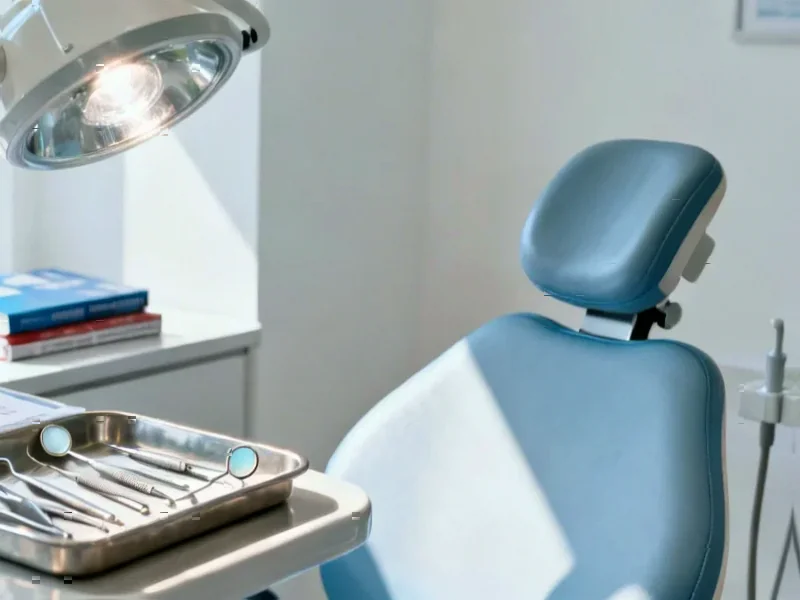According to Financial Times News, Yale School of Medicine researchers have developed an artificial intelligence tool that can detect structural heart problems using single-lead electrocardiogram data from smartwatches. The preliminary study, presented at the American Heart Association’s annual scientific sessions in New Orleans, analyzed data from 266,000 sophisticated 12-lead ECGs from 110,006 Yale New Haven Hospital patients between 2015-2023 to train their AI algorithm. When tested on 600 outpatients using Apple Watches, the system correctly identified structural heart disease 86% of the time and accurately ruled it out 99% of the time in healthy participants. The research, which hasn’t yet been peer reviewed, represents a significant expansion beyond current smartwatch capabilities that primarily detect rhythm disorders like atrial fibrillation. This development suggests we’re entering a new era of consumer heart monitoring.
The Technical Reality Behind the Headlines
While the 86% detection rate sounds impressive, the medical context reveals significant limitations. In clinical practice, diagnostic tools typically require sensitivity and specificity above 95% for reliable standalone use. The 14% false negative rate means approximately 1 in 7 people with actual structural heart disease would be told they’re healthy, potentially delaying critical treatment. More concerning is the study’s small sample size of patients with confirmed structural problems – a common limitation in early-stage AI research that often fails to replicate in larger, more diverse populations. The researchers acknowledged these limitations, but the media coverage risks creating unrealistic expectations about immediate clinical applications.
The Regulatory Mountain to Climb
This technology faces a lengthy path through regulatory approval before becoming clinically useful. The FDA’s digital health framework requires extensive validation across diverse populations and rigorous clinical trials for diagnostic claims. Current smartwatch ECG features are cleared as informational tools rather than diagnostic devices, and detecting structural disease represents a fundamentally different regulatory category. Healthcare systems would need to establish entirely new protocols for handling positive results from consumer devices, including liability frameworks for false readings and infrastructure for follow-up care.
Practical Implementation Barriers
Even with perfect accuracy, scaling this technology presents enormous practical challenges. The healthcare system currently lacks capacity to handle millions of additional cardiac referrals that widespread smartwatch screening would generate. False positives could overwhelm cardiology departments with healthy patients, while creating unnecessary anxiety and medical expenses. There’s also the question of data quality – consumer devices produce much noisier signals than clinical equipment, and users may not follow proper measurement protocols. The study’s addition of artificial “noise” during training was clever, but real-world conditions introduce far more complex variables that could degrade performance.
Broader Healthcare Implications
This research points toward a fundamental shift in how we approach preventive cardiology. Traditional screening focuses on high-risk populations, but consumer wearables could enable population-level monitoring. However, this creates ethical dilemmas about detecting conditions with unclear treatment pathways and uncertain progression. Some structural findings have ambiguous clinical significance, potentially leading to overtreatment and unnecessary interventions. The American Heart Association’s guidelines would need substantial revision to incorporate mass screening data from consumer devices, requiring careful consideration of benefit-harm ratios at population scale.
Realistic Adoption Timeline
Despite the exciting potential, this technology likely remains years from practical implementation. After peer review and publication, researchers would need to conduct multi-center trials across diverse populations, then navigate regulatory approval, and finally integrate with healthcare systems. The most plausible near-term application might be risk stratification rather than diagnosis – identifying individuals who should seek formal evaluation rather than providing definitive diagnoses. This measured approach would allow healthcare infrastructure to adapt gradually while building evidence for broader use.




